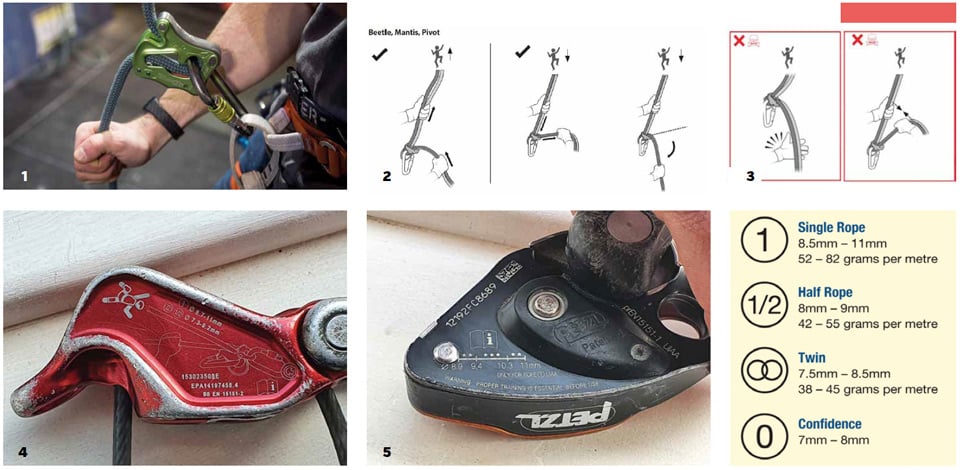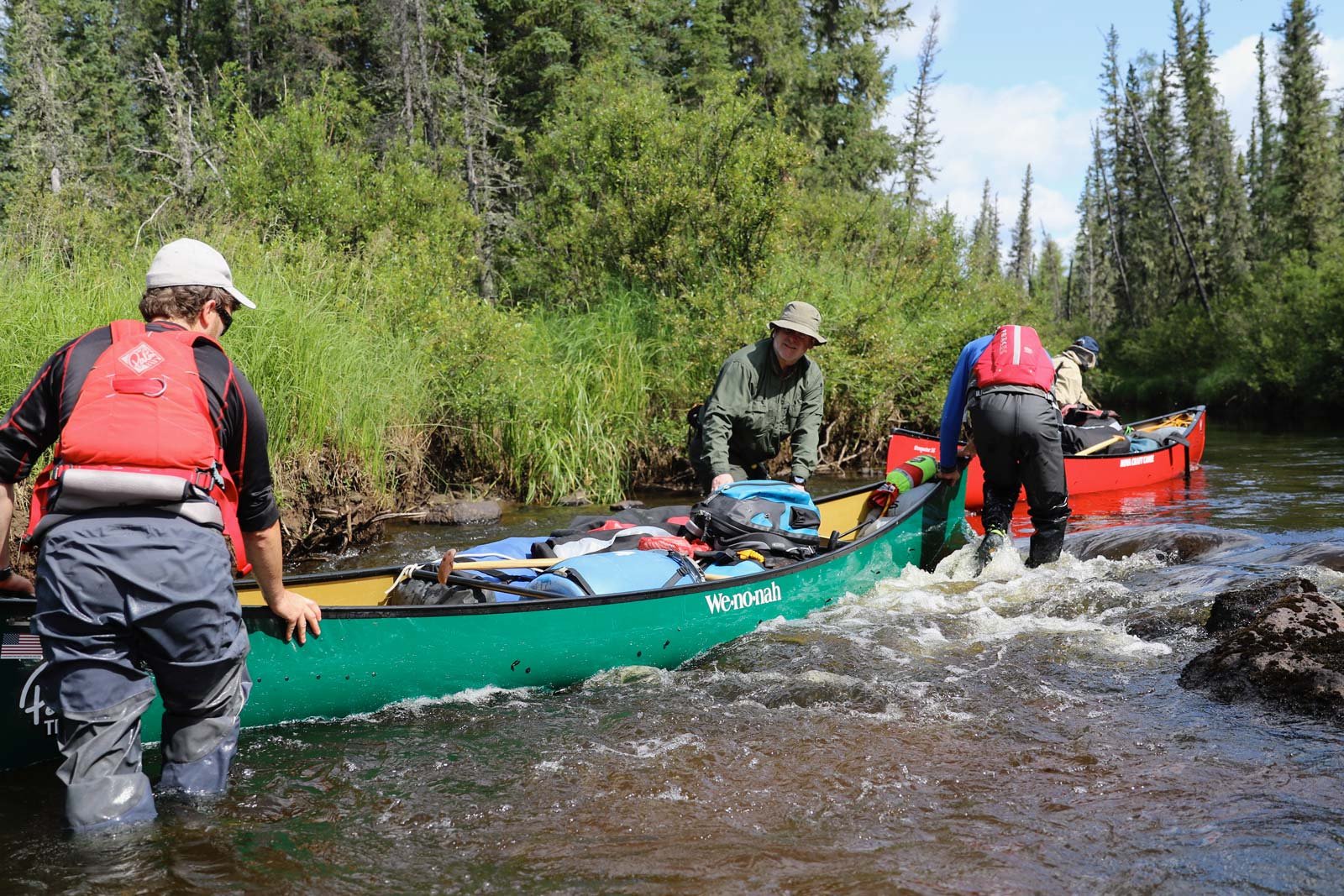Some thoughts for professionals involved in teaching, coaching and supervision
This article was originally published in the summer 2020 edition of the professional mountaineer, and is reproduced here with their kind permission.
An explosion in climbing participation over the last 20 years has seen a previously considered fringe pursuit become much more attractive to a wider audience. The demographics of the people engaging with climbing are now different and there has been a huge increase in the diversity of belaying equipment available. This has changed the game in relation to the way we, as a sector, should approach the teaching and supervision of belaying.
I have recently been part of a small working group, set up by the BMC, to look at general belay practice throughout the climbing community. This working group was formed after a noticeable rise in incidents recorded involving some failure in the system regarding belaying or the belayer. Some of these had unfortunately serious outcomes.
Equipment
This area clearly breaks down into two topics: the type and diameter of rope chosen and the style and nature of the belay device it is paired with. It is now really important that we raise awareness in climbers from novice level up, that many belay devices operate in fundamentally different ways, and that not all rope diameters work with all belay devices. This can be a tricky thing for people to grasp initially.
As professionals we know there are different types of ropes on the market; thought must be given to what we introduce novice and intermediate climbers to and why. It is interesting to note that historically, as a sector, there was a tendency to shy away from introducing too much diversity too soon, and with good reason. There was nowhere near the array of kit available and consequently novices didn’t need to be made aware of all the options. However, the potential for someone to marry the wrong rope with an inappropriate device is so much greater now. We need to make people aware of the various diameters of rope in standard usage, rope types and types of belay devices; manual braking device, mechanically assisted braking device and geometry assisted braking device.
The question is, where do you start? There was some reticence to start moving novices beyond a manual braking device for many years, but this doesn’t really fit modern climbing, as many young people start climbing indoors and will learn to belay with a Gri-Gri or Click Up. It is now vital that people are at least made aware from the outset that a variety of different devices exist, and that they are operated in different ways.
Decision Making
It is crucial that everyone who is engaging with climbing, at any level beyond direct supervision, understands that a series of decisions are made to marry up a belay device with a rope and a purpose, and that failure to do so correctly could lead to an unpleasant outcome. This does not need to scare people but must raise awareness as early as possible.
The key is developing this understanding very quickly for a new climber, so they know how to check they are using the correct combinations. Give them a strategy.
Positive Belayer Practices and Behaviours
All of the work conducted by the group has come to the same conclusion: belay devices don’t cause accidents. The point of failure will always come down to the users of the equipment. I use the plural here because it is not just the job of the belayer to check things. Climbing is a team activity; we should all undertake a partner check of both the climber’s knot and set up of the belay device before every climb. This will prevent most possible accidents amongst novices and experienced climbers. This is also a state of mind that we can nurture in people from the very start of their climbing career, which may also save them from injury or worse further down the line. I’m sure many of us will have been exhausted at the end of a long day’s climbing and had a potential error spotted by our partner!
 1. Correctly loaded geometry assisted braking device (Click Up). © Mountain Training.
1. Correctly loaded geometry assisted braking device (Click Up). © Mountain Training.
2+3. Diagrams from the DMM instruction manual sold with every device.
4. A DMM Pivot with information about appropriate rope diameters and a diagram of use in direct belay mode. © Nicola Jasieniecka.
5. A GriGri with information about appropriate rope diameters. © Nicola Jasieniecka.
Teaching/Coaching Belaying
There have been many different methods used by instructors over the years to get novices belaying each other as quickly as possible. Unfortunately, there is now such discrepancy between modern devices, that some will work perfectly well when operated in ways that would be catastrophic when used with others! If we can engrain some principles for belaying that will work across the range of devices, everyone will be safer.
- The place to start is always the manufacturer’s instructions, both written and online videos. Don’t be shy - contact a manufacturer if necessary.
- Generally speaking, it will always be good practice to keep the breaking hand low, at around thigh level, when not managing the rope in or out. This locked position is a good place to start.
- When taking in rope, the braking hand inevitably moves up to take slack in, but the hand is firmly gripped on the dead rope throughout this process. The belayer will be constantly aware that if the climber was to fall, that hand would immediately return to the lock or ‘home’ position.
Tunnelling/gliding vs hand over hand. This issue has been the source of some discussion and in different contexts either may be appropriate. The key here is that the previous points are focussed on. It is impossible to effectively lead belay without gliding your hand on the rope. The point is, were a fall to occur, the automatic response is to fully grip the rope in the lock position as previously mentioned.
The instinctive response to return to the lock position consistently is the reaction that needs to be introduced from the outset, so that it never needs to be retrained later. There is much information available online; it’s always best to start with the manufacturer’s guidance and the DAV films (info below) referring to varied devices and their usage are all interesting to watch. The reference being used most commonly here is the concept of the ‘device line’; the line below which the hand must sit in order to get the best braking effect from the device when using a manual braking device.
Belayer Behaviour
This is the final and possibly single most important area in the long term. Understanding how to operate a belay device is a simple mechanical process. Being a ‘good belayer’ is a completely different thing. It is also significantly harder to teach. Firstly, one must consider the belayer’s skill as being of equal importance as the climber’s. Secondly, the belayer’s attention must always be focussed on the climber and actually be thinking for them. It’s about helping a developing belayer understand that so much of the job involves reading and interpreting the body language and verbal language(!), of the climber, so they can anticipate what is about to happen next. This is the process of becoming a ‘good belayer’.
Progression to Lead Belaying
In the vast majority of cases people will be introduced to the concept of belaying in the context of managing a bottom rope. This will of course include lowering climbers off in a safe and controlled manner. There has been significant discussion of late around the nature of how people progress to belaying a leader, and how robust this process is in developing a competent, autonomous skillset. The classic methods that have traditionally been adopted by instructors to teach bottom rope belaying to groups, may not lend themselves particularly well to the adaptation required for safe lead belaying. It is important to accept that lead belaying is a more advanced skill and that performing it safely requires more time spent under instruction and consolidation. The DAV video concerning the use of a manual braking device is very interesting, as the basic process it describes revolves around the use of the ‘tunnelling’ method for resetting the braking hand, rather than the process of involving the other hand to back up.
Professional Role Modelling and Commercial Climbing Facilities
Climbing as an activity has such a rich, diverse and anarchic history in the UK. This is something we should be proud of. We must however, as professionals, remember that in climbing centres we are using a commercially run and managed sporting facility and when working we are always under scrutiny. It is important to remember the old ‘do as I say, not as I do’ adage here! If we are promoting great practice in what we teach, but then doing something that looks different when we belay, it is going to confuse less experienced people. In a recent technical advisors’ seminar, we ran at Manchester Climbing Centre, there was a lot of debate around this area, including peoples’ response and attitudes to floorwalkers in centres when questioned about their belaying practices. As a professional it would be nice to think that we could have solidarity with the wall staff whose job it is to make sure people are using the centre in accordance with the facility’s guidelines.
In summary
I hope this short article has outlined some of the key areas to reflect on when teaching, coaching and supervising the belay practices of inexperienced people. I also hope that it will prompt thought by everyone on how and why, we do this, and that what we are doing is in line with the rapidly developing sport we are all work in.
Safe climbing y’all!
Resources
Deutscher Alpenverein (DAV) – all of their belaying videos are listed on their ‘Climb Safe’ playlist here.

